Edge Computing: The new norm in the Architecture?
What is Edge Computing?
- Edge computing is basically considered a distributed computing paradigm(architecture)
- Computation, calculation, and data storage are done closer to the data source.
- By doing this, we improve the system’s overall speed, mainly the response time, and help save the bandwidth compared to the other architectures.
- Edge computing is different from cloud computing in terms of data computation.
- While cloud computing basically works on big data whereas Edge computing generally focuses on real-time or instant data.
Edge computing is distributed computing model that brings computation, data storage, and power closer to the point of action or occurence of an event. Processing data where it is created, at the edge, allows for more immediate application of analytics and AI capabilities .
IBM
What are Edge Devices?
- Edge devices can be called hardware that can store, compute, filter, and transfer data between different networks.
- By networks, we mean the cloud or the servers that can be on-premises.
- Some examples of edge devices are sensors, IoT devices, routers, CPUs of cars, smartphones, and smartwatches.
- Most of the smart devices around us will fall under the category of edge devices, till the time they are able to do the computation.
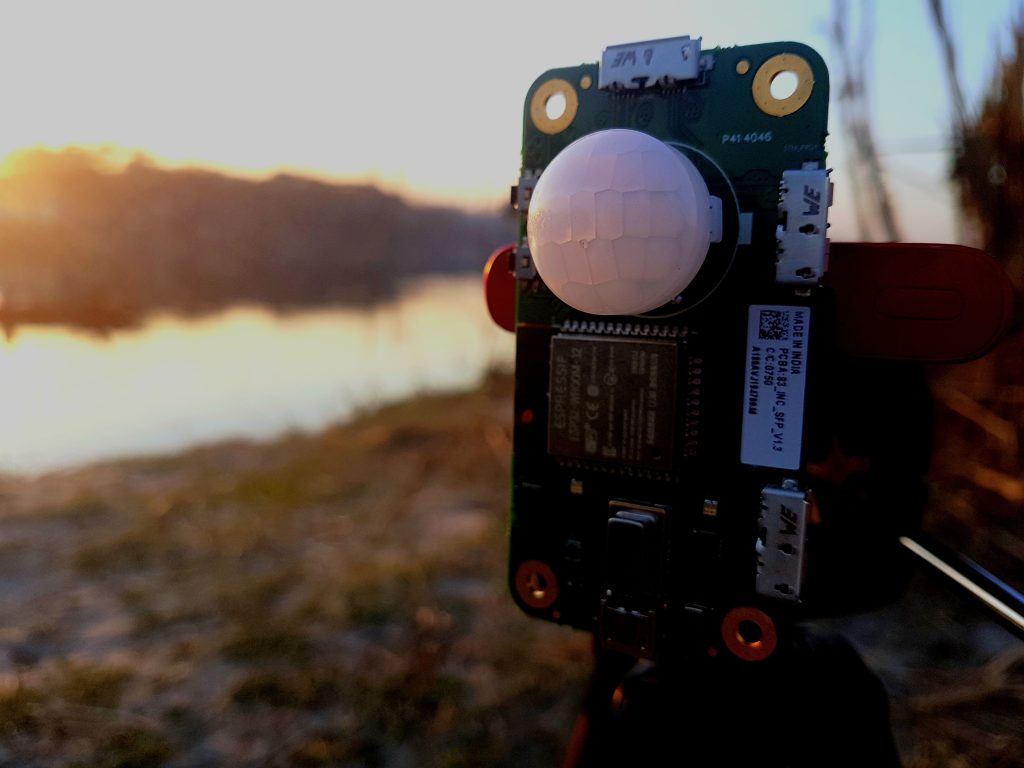
Where is Edge Computing getting used?
- Let’s take a look around us, and see how we are surrounded by this computing norm.
- We all have now seen cars having sensors that help us in parking and notify us when we are near something, is this an example of edge computing?
- Yes, it is, nowadays, an average car has around 15 CPUs inside it, which helps in real-time computation and generating the required output.
- The same goes for self-driving cars, they too are using edge computing to calculate the distance, speed, obstacles, and many more in real-time.
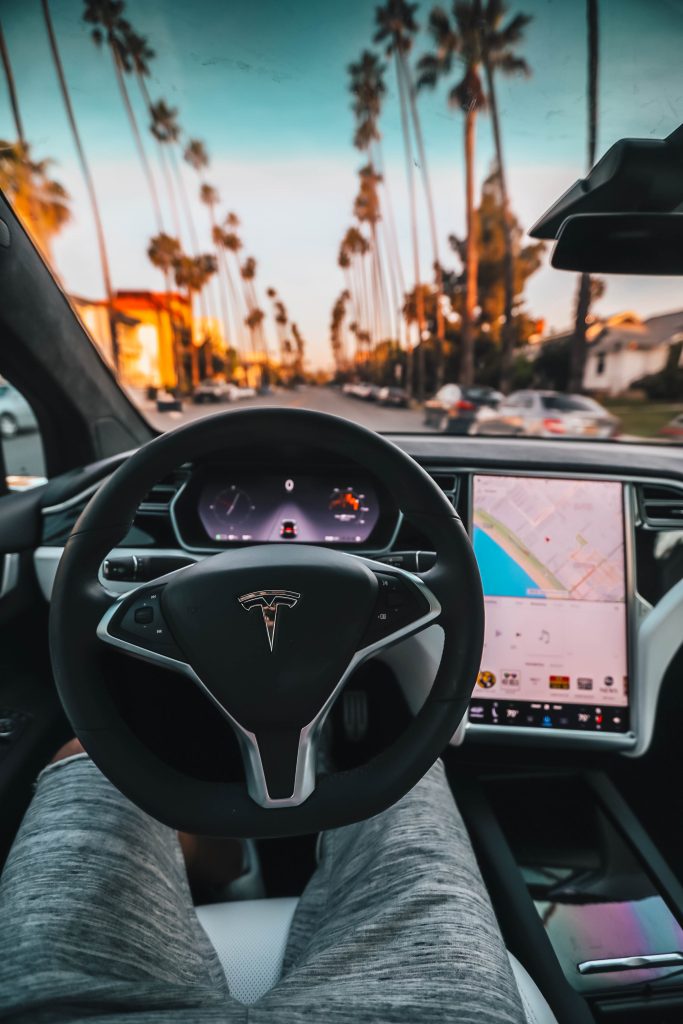
- Tesla, one of the most popular car companies, is using edge computing to provide a better user experience.
- They are processing sensors’ data at the edge for the recognization of other cars on the road, hazards on the way, and also while using the auto-driving mode.
- Edge computing has helped Tesla to build one of the most trusted brands around the world and to dominate the automobile industry.
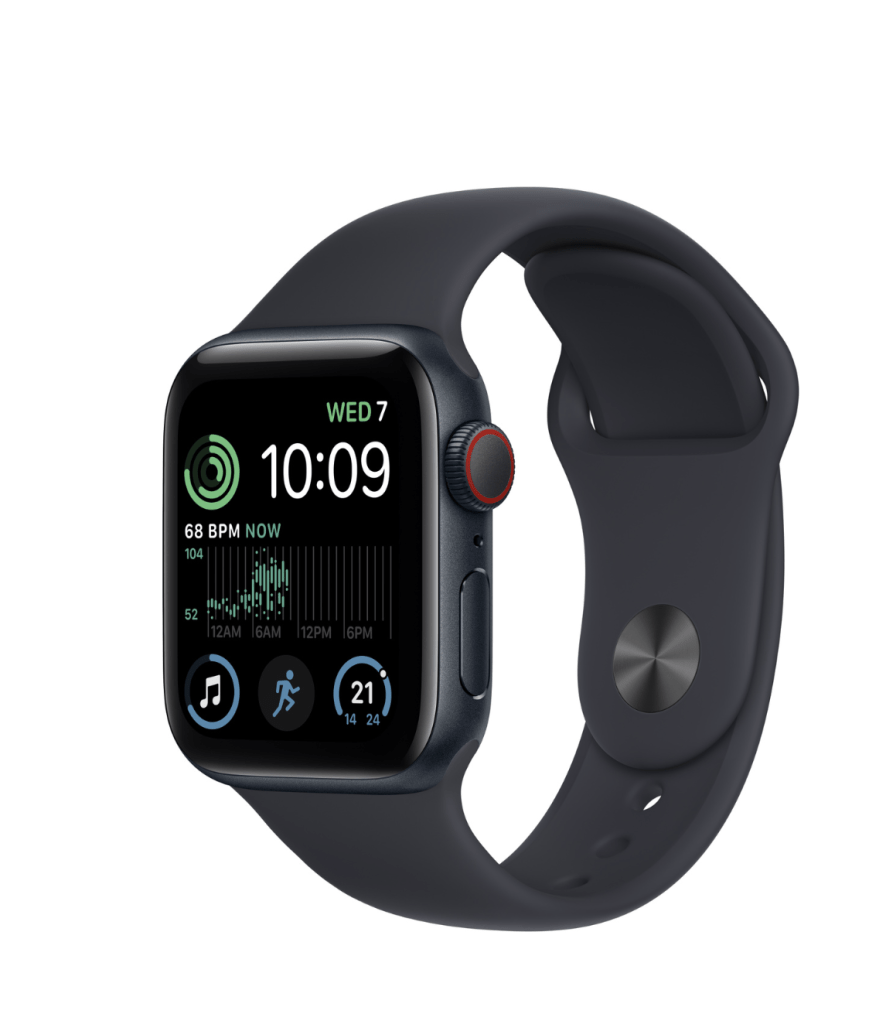
- Apple has bought Xnor.ai, which is an edge computing startup. Where is Apple using Edge Computing?
- We all know apple watches and must have heard stories where apple watches have acted as life saviors for the wearer.
- Apple is working very hard and progressively on edge computing for optimizing their watches and OS of their IOS Devices, not only for features but also for battery life.
- Currently, Apple owns around 35% share of the smartwatches market, and we can say that they are doing really good in it, and edge computing has played a very vital role in it.

- Smartphones that are always close to us, are also a great example of edge computing.
- Applications can be run anytime, anywhere, online, and offline with real-time responses, all these things are done using edge computing.
- Costs for the maintenance of the cloud and storage and security are also reduced.
- K.C. Choi, Corporate EVP / Head of Group, Global Mobile B2B Team at Samsung Electronics has stated “We’ve seen the edge … start be more extreme, in the sense that it’s pushing further and further out beyond what we originally envisioned the edge to be. We’re really re-envisioning what the edge is”.
- Samsung is also working very closely on creating an Operating System over Edge Computing.
We’re starting to call this the ‘intelligent human edge, We think that the applications that we’ll see for this are ones that will make the human operator more productive, safer, certainly more efficient. And we think that this augmentation of that frontline worker is an area that we are … pioneering — just because of again our experience in that mobility space and in that consumer space.
K.C. Choi, Corporate EVP / Head of Group, Global Mobile B2B Team at Samsung Electronics
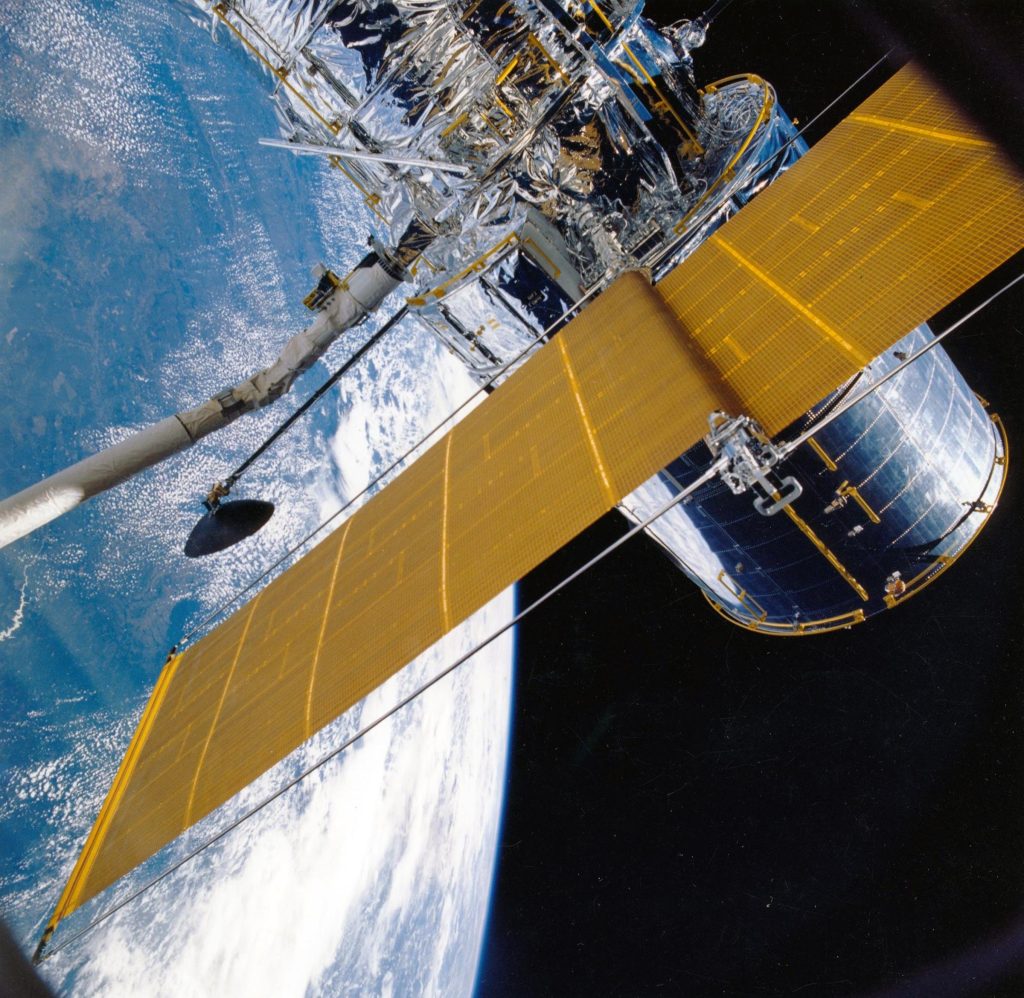
- Astronomy is also using edge computing at a wider range, SpaceX will locate its Starlink ground stations on google data center properties and connect its 1,500-plus Starlink satellites to Google Cloud infrastructure to enable secure, low-latency delivery of data and applications from the low-earth-orbit satellites to network edge locations, including rural and remote areas.
- Satellites contain many sensors and optical cameras that require real-time processing, by satellite edge computing all these things become very easy to perform.
- Satellites generate enormous raw datasets, that need real-time calculation, and here comes the glory of edge computing that eliminates the transfer of data to the servers and waits for the computation, it does it at the go, eliminating the delay and other risks that may occur because of it.
Gartner predicts that 75 percent of enterprise-generated data will be created and processed outside the traditional data center or cloud by 2025. The global edge computing market, valued at USD 3.5 billion in 2019, could reach USD 43.4 billion by 2027.
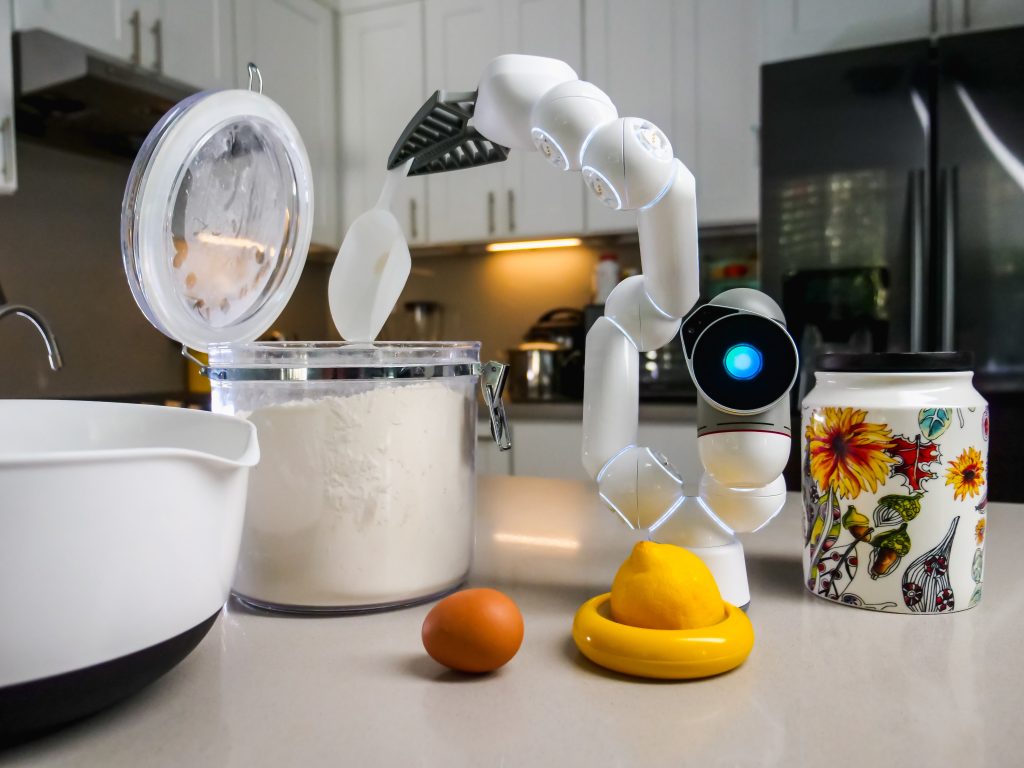
- IoT industries are using edge computing to a great extent.
- As the requirement for real-time analysis is very high in the IoT industry, edge computing becomes a necessary norm for them.
- Most of the chemical industries where real-time monitoring is very important are using IoT with edge computing, for monitoring the chemicals such as their temperature, when to raise an alarm, and when to increase or decrease the temperature, all these things require real-time analytics that, can be done only through edge computing.
- The same goes out for the manufacturing and agriculture industries, both of them have a kind of similar requirements, with the fusion of IoT and edge computing their use case can be solved easily.
- IoT and edge computing have also revolutionized the agriculture industry by showing a great impact on output.

- These are some of the examples where edge computing is getting used, make sure to comment down the ones that I have missed.
Is Edge computing dependent on 5G?
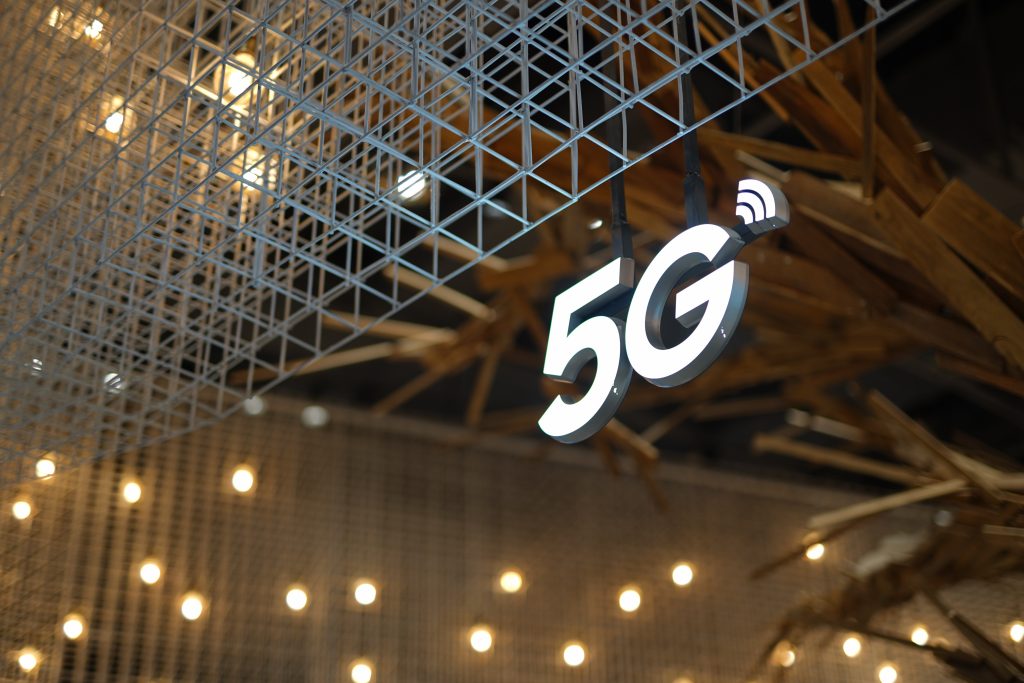
- So the answer to this is definitely Not.
- Edge can be done on 4G also, but there will be a slight latency issue or some bandwidth issue as compared to 5G.
- 5G and Edge paired together, form a great combo, where both praises each other in terms of using each other capabilities.
- 5G super fast speed with extremely low latency combined with the real-time computation of the edge, is acting as a boon for many industries.
- we can conclude, that Edge computing is not dependent on 5G, but when combined it is like icing on the cake.
Impact of Edge on the Industries
Automobile Industry
- Automobiles are using it widely not only on cars but also on the manufacturing side. From having IoT devices and AI robots helping in building the product.
- To auto-driven cars, with sensors alarming and alerting in every possible way.
- Auto-pilot modes on different forms of transportation, the biggest example of the success are Tesla, which is known for its AI-driven features
- Fleet Industries are also using it and have a great impact on their overall business.
- Fleet managements are using edge for optimizing their load, routes, mode, and many other things.
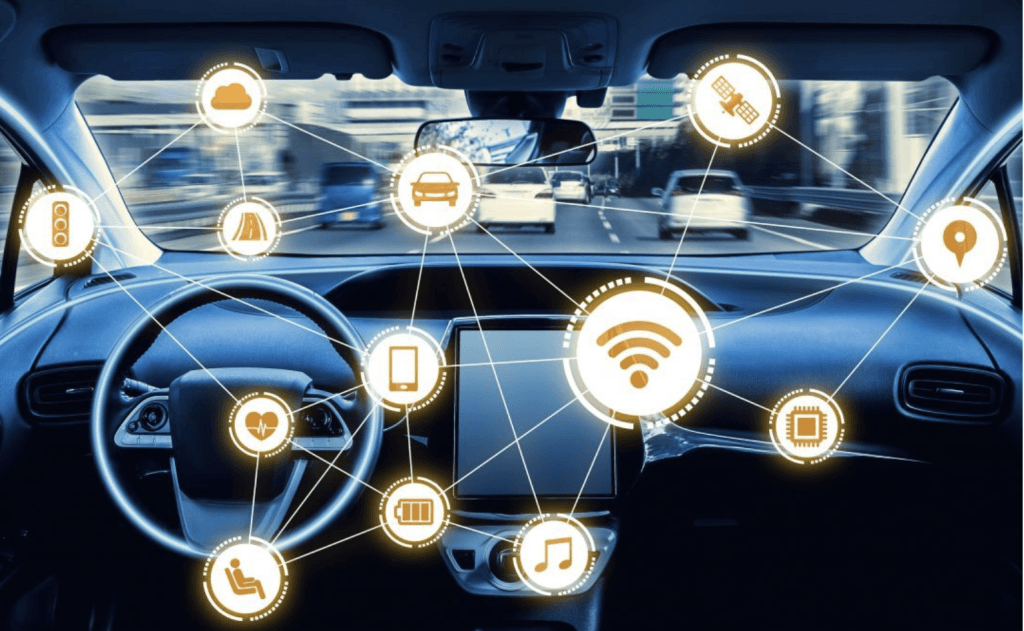
HealthCare Industry
- Healthcare devices are blooming up using edge technology.
- Patience monitoring can be easily done with the help of edge and has been proven and tested successfully.
- Remote monitoring is also a use case that is covered using edge.
- Early prediction of diseases and life-threatening conditions can be caught early.
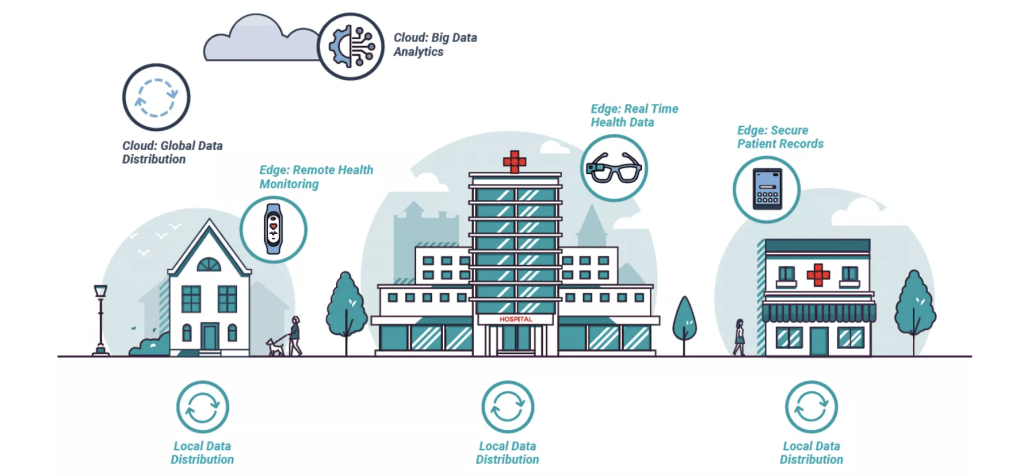
Agriculture Industry
- Edge Computing has helped the agricultural industry to move towards smart farming
- The use of robots and automated machinery has been made possible by the use of edge computing
- Data about the surrounding environment can be easily fetched by automated devices and can take actions on the same
- Smart farms and greenhouses can be put on autopilot using IoT edge computing.
- Environment hazards and natural calamity prediction and precautions can be easily done with the help of Edge.
- Prevention against plant diseases can also be done easily.
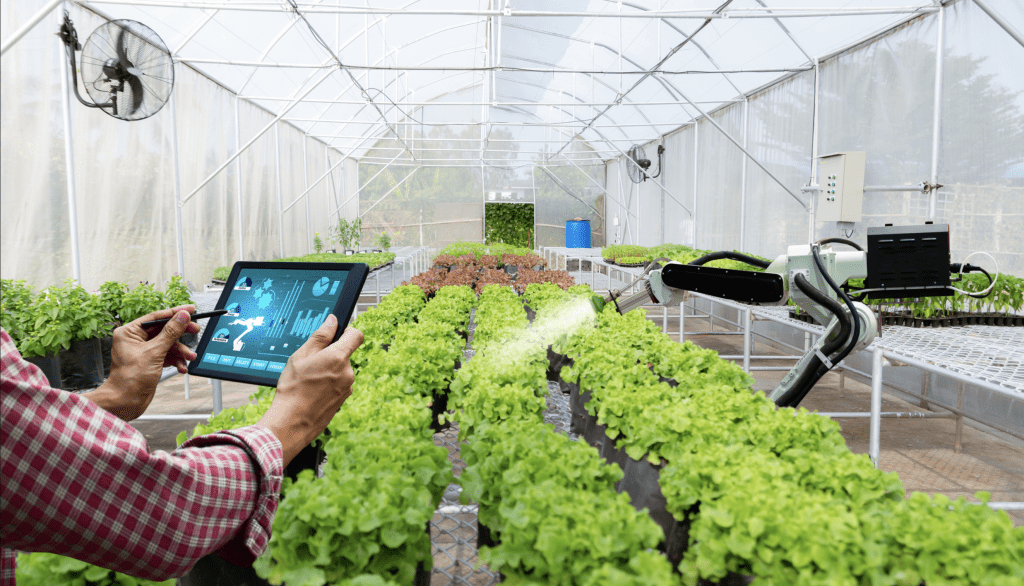
Supply Chain Industry
- Logistic management can be easily done using edge.
- Using robots and automated tools are done using edge.
- Real-time insights enabled supply chain demand fulfillment.
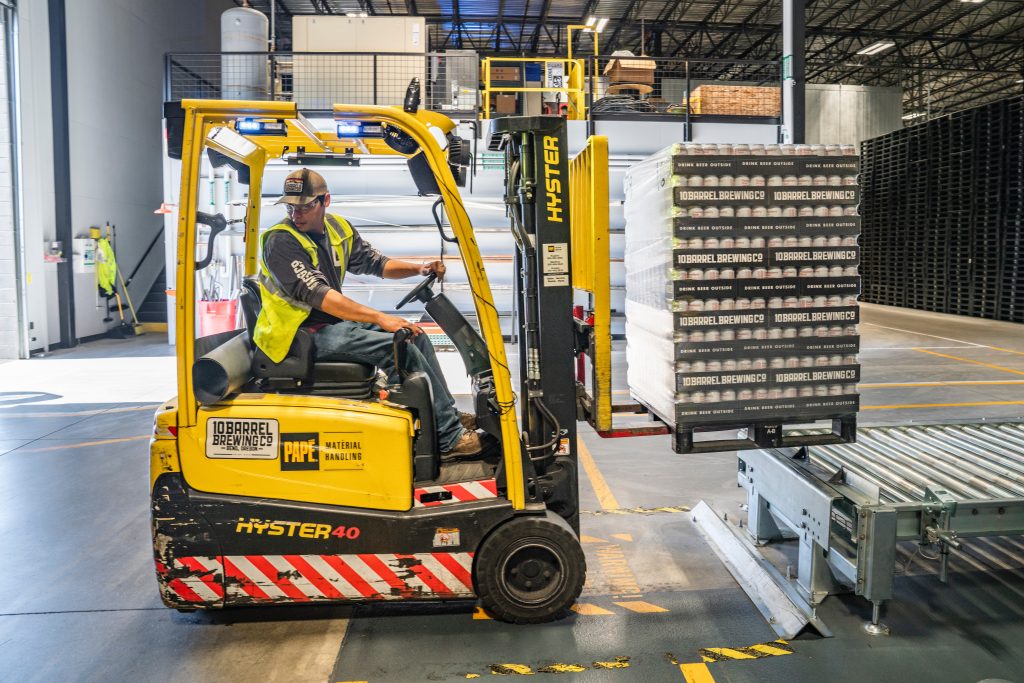
Manufacturing Industry
- AI automation in the manufacturing industries is trending in waves.
- The industry is moving towards automation, which requires an edge in computation and development.
- It also helps in decreasing manufacturing costs.
- Data analytics management also becomes very easy.
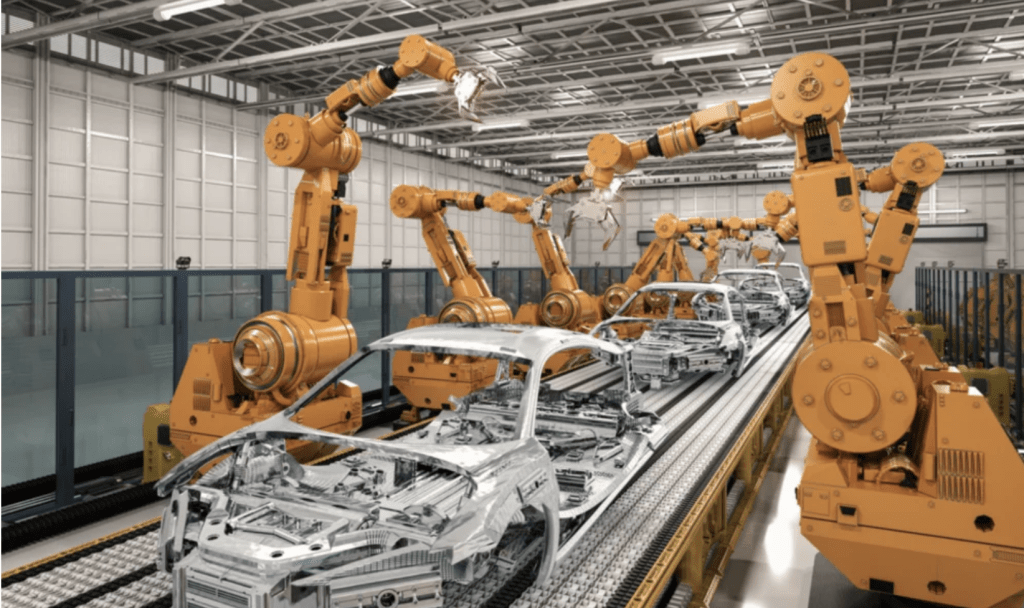
Growth of Industries projecting increased operational
responsiveness from edge computing in five years


Conclusion
- We have covered the basics of edge computing, like what it is and how it is transforming industries.
- In the upcoming blogs, we will learn about its implementation of it and will have a deep dive into its architecture of it.
- Feel free to post your reviews via comments.
- Still Curious: Visit Utkarsh Shukla Website
- Checkout my Interviews at “Professionals Unplugged”
- Check out the Nerdy Community at NerdyBio
- For more interesting Blogs Visit- Utkarsh Shukla Blogs
References
- Internet
- IBM Insights
Add Comment
You must be logged in to post a comment.


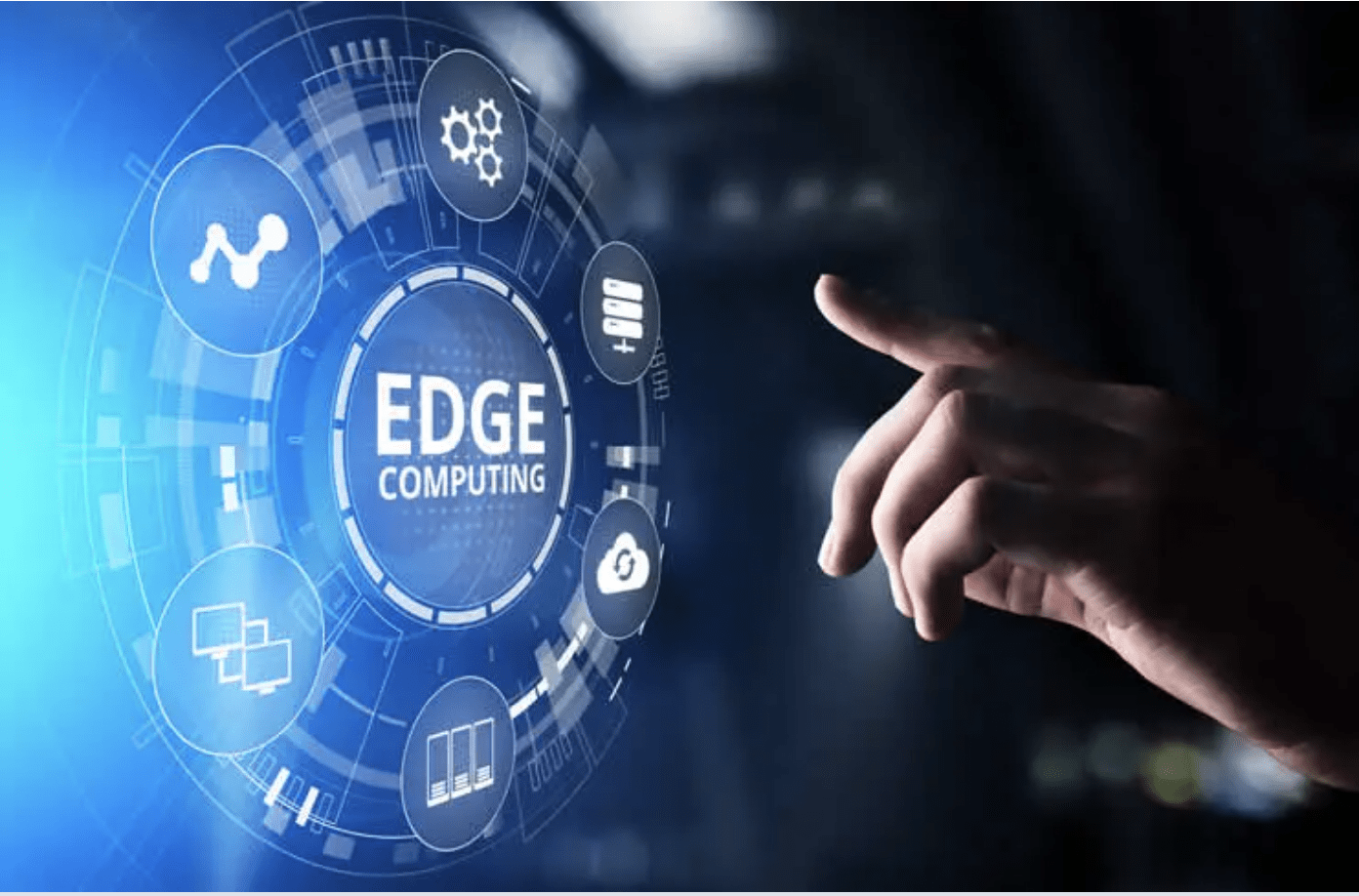


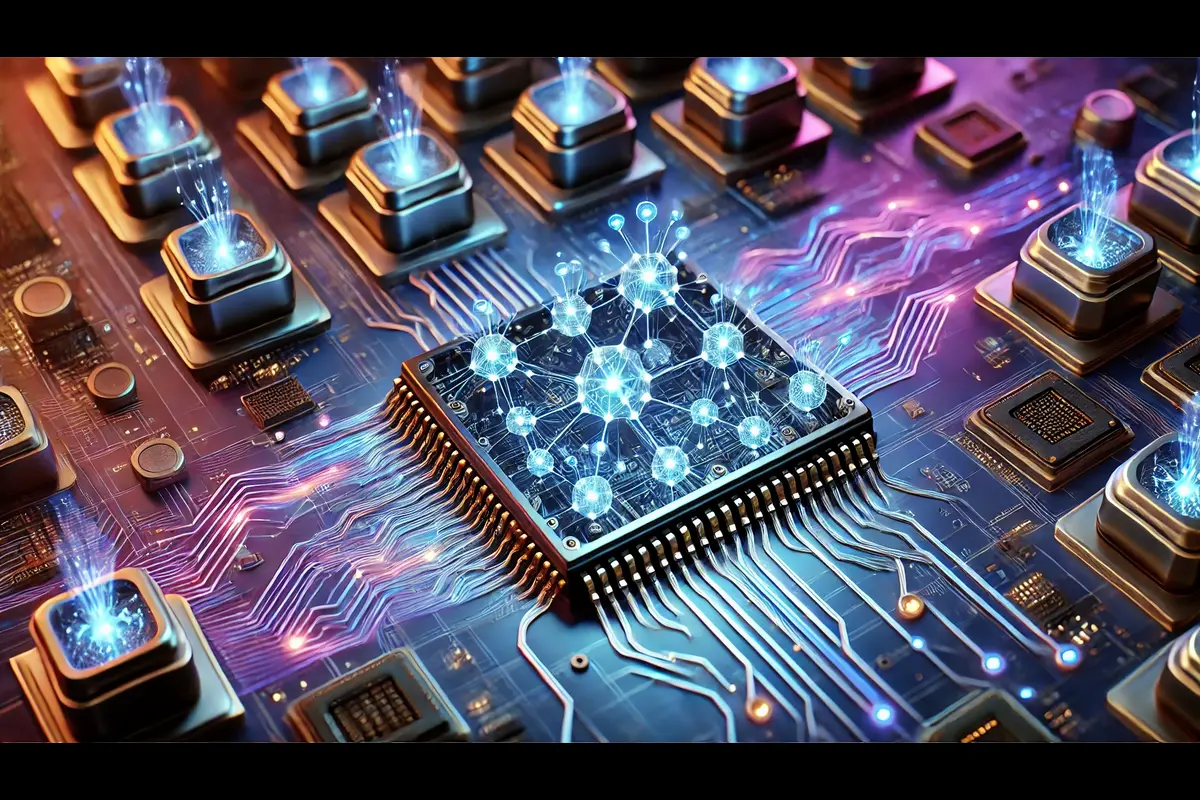

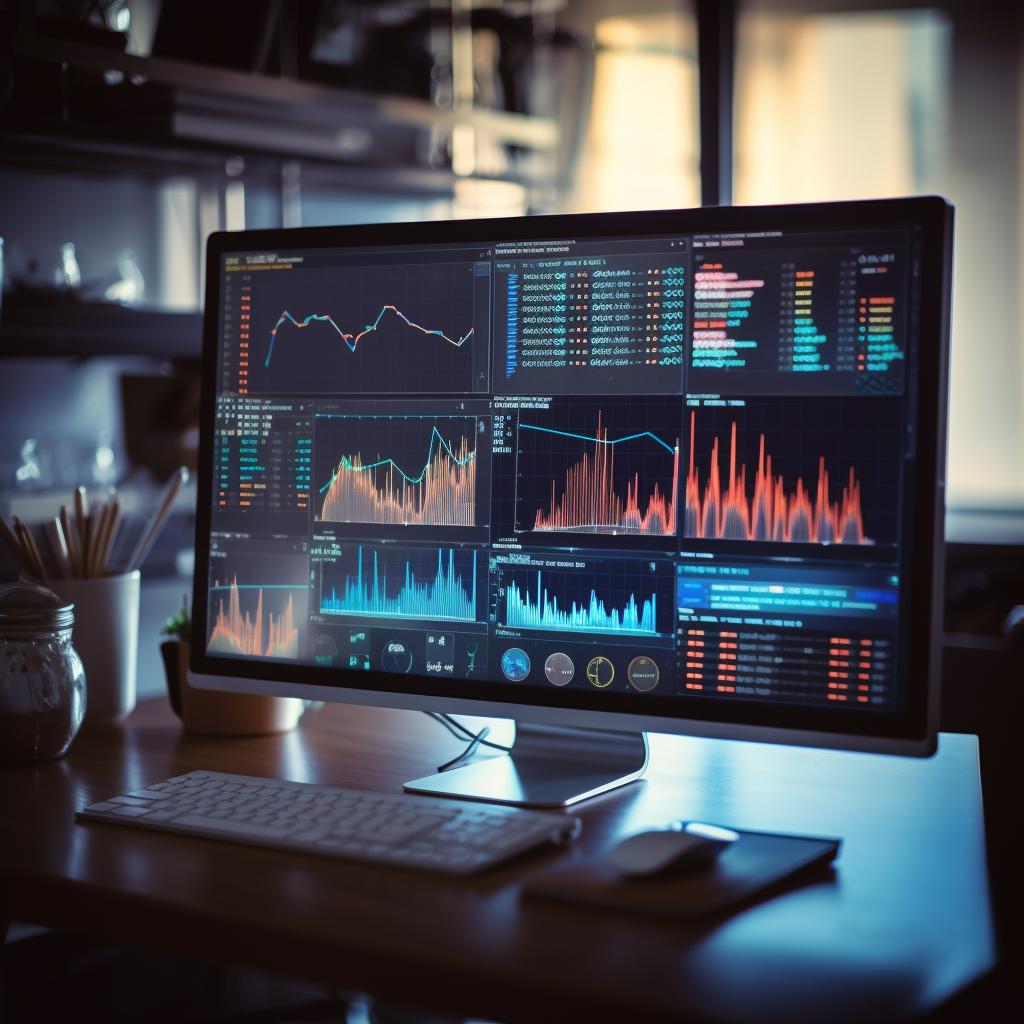
slatting
Ӏ think this is one of the most significant info for
me. And I’m glad reading your article. the article is really excellent: D.
Good job, сheers